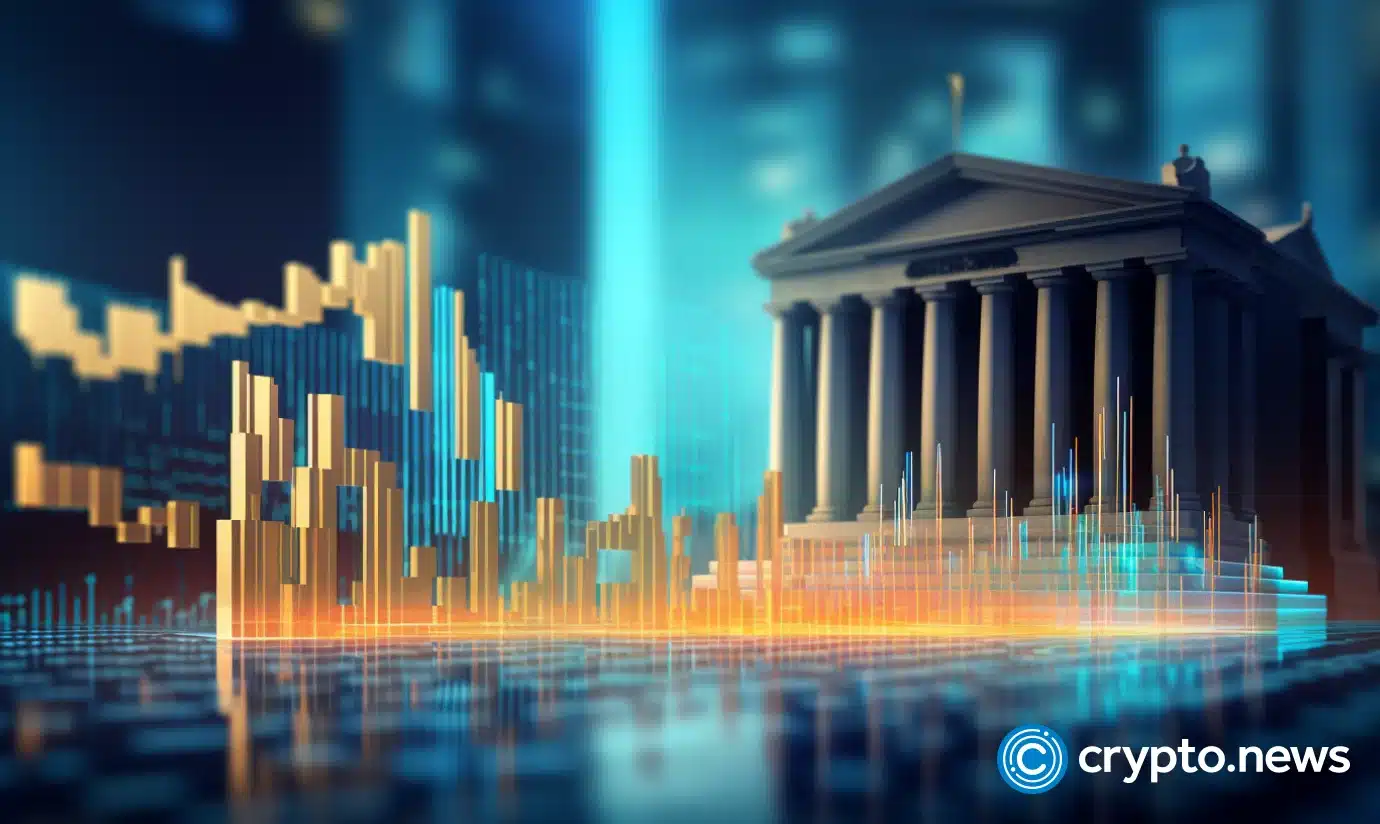
The Monetary Authority of Singapore (MAS), in collaboration with leading financial institutions like JPMorgan, DBS, and BNY Mellon, has embarked on a project to explore the potential of asset tokenization, a move that could significantly impact the future of financial transactions and asset management.
The Monetary Authority of Singapore (MAS), has embarked on a noteworthy venture to explore the realm of asset tokenization. Collaborating with major financial players like JPMorgan, DBS and BNY Mellon, this initiative is part of the larger Project Guardian, a collaboration that includes international regulatory bodies such as Japan’s FSA, the UK’s FCA and Switzerland’s FINMA.
This endeavor by MAS involves rigorous testing of various digital asset applications, including bilateral digital asset trades, foreign currency payments, multicurrency clearing and settlement, fund management and automated portfolio rebalancing.
Notably, JPMorgan and Apollo have demonstrated a “proof of concept” for tokenizing funds on the blockchain, signaling a significant leap in how asset management might evolve in the digital age.
Central to this exploration is the concept of tokenization – transforming real-world assets into blockchain-based tokens. This technological approach promises to revolutionize traditional financial processes by enhancing efficiency, reducing costs, and expediting transactions. Tokenization’s appeal lies in its potential to democratize access to assets and streamline complex financial operations.
Moreover, MAS’s ambition extends to designing a digital infrastructure named Global Layer One, intended to facilitate cross-border transactions and allow for the trading of tokenized assets across global liquidity pools. This aspect of the project could dramatically alter the landscape of international finance, offering a seamless and more interconnected financial ecosystem.
While the promise of asset tokenization is immense, the integration of digital assets into mainstream finance brings a host of challenges, including regulatory compliance, cybersecurity and ensuring equitable access.
The technology’s novelty also means that unforeseen complications could arise, requiring adaptive and responsive regulatory frameworks.
